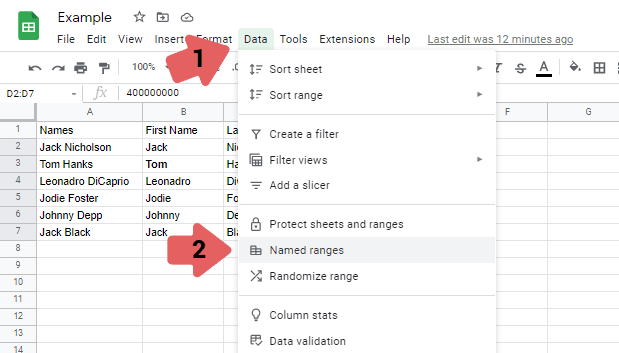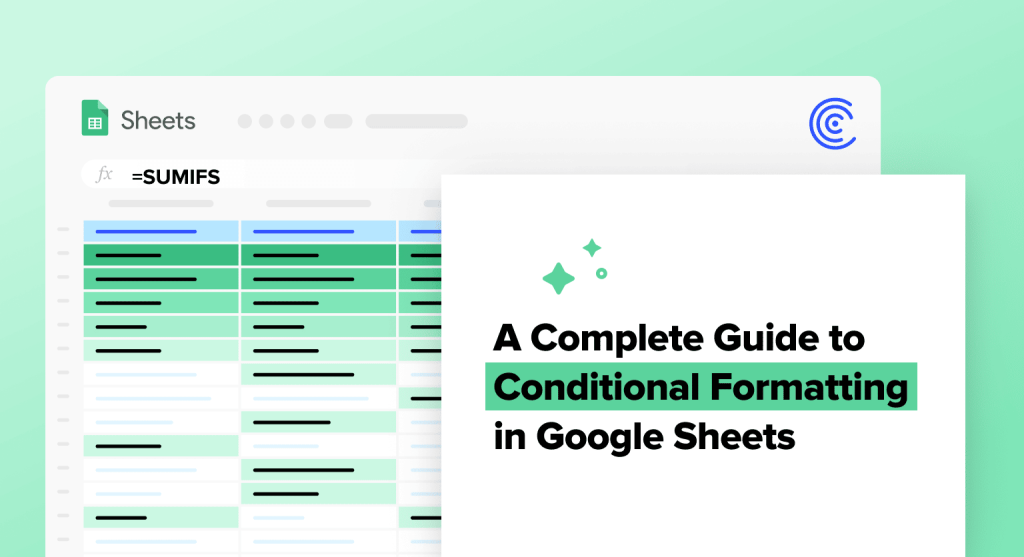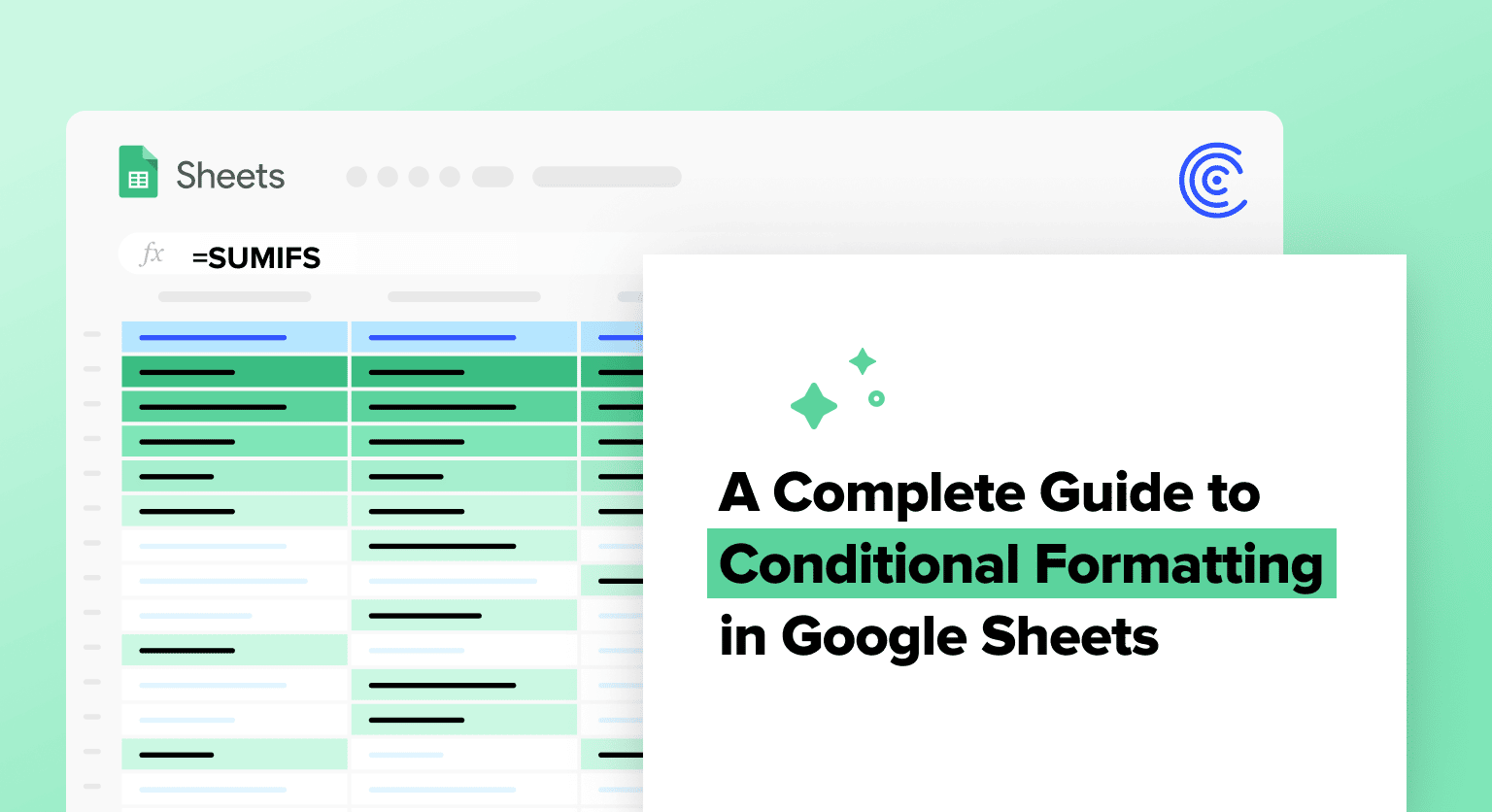Merging text with numbers often occurs in spreadsheet tasks, especially when providing context to data. This guide will dive into how to integrate text into formulas in Google Sheets, focusing on the CONCATENATE function and the use of the concatenation operator.
Why Combine Text and Formula in Google Sheets?
Several scenarios might require the merging of textual content with formula results in Google Sheets. Some instances include:
– To make aggregated spreadsheet values more comprehensible by pairing them with descriptive text.
– To pair a numeric result with a unit, like “15kwH” or “5 m/s”.
– To merge the content of two or more cells, consisting of both text and formula, into one.
Integrating text with formulas in Google Sheets can be achieved by using either a concatenation function or operator.

How to Integrate Text in Google Sheets:

1. Using the Concatenation Operator (&):
– Represented by the symbol ‘&’, this operator merges provided values, producing a string that consists of the combined values.
– Suppose you’ve data and wish to showcase the average speed (in m/s) per row. To do this, after typing the formula `=AVERAGE(B2:D2)&” m/s”` in the first cell (E2), you’ll see the AVERAGE function result along with the “m/s” in E2. Drag the cell’s bottom right corner, and the formula gets copied down column E, showing the average speed for each row with “m/s”.
Formula Breakdown: The operator (&) appends the right-side value to the left. Here, it’s merging the “m/s” with each row’s AVERAGE result.
– If you prefer text preceding the AVERAGE result, for instance, “The average speed is 24.5 m/s”, then you’d use: `=”The average speed is “&AVERAGE(B2:D2)&”m/s”`. Always encase textual content within double quotes.
2. Using the CONCATENATE Function:
– This function mirrors the concatenation operator (&) in adding text to a formula, albeit with a different application.
– The standard format is `=CONCATENATE(text1, [text2],…)`, with each text being a component you intend to combine.
– To apply to our previous data (as in the first method), you’d use the formula: `=CONCATENATE(AVERAGE(B2:D2),” m/s”)` in E2. This merges the AVERAGE result with “m/s” for each row.
Formula Breakdown: The CONCATENATE function lets you attach text, joining the initial parameter with the following one. If you’d like the prefix “The average speed is”, adjust the formula: `=CONCATENATE(”The average speed is “,AVERAGE(B2:D2),”m/s”)`.
Formatting Numeric Values When Mixed with Text:
Combining the formula’s output with text might result in values that aren’t aesthetically pleasing. Ideally, they should be rounded and formatted to be easily readable. Under typical circumstances, you’d use the Custom Formatting feature. However, with mixed cell content, it’s trickier.
A solution? The TEXT function. It formats numbers to text based on a specified format: `=TEXT(number, format)`. For example, `=TEXT(13.5431,”#.##”)` limits the number to two decimal places.
To integrate formatting into our prior examples, you’d use:
– `=TEXT(AVERAGE(B2:D2),”#.##”)&” m/s”` with the concatenation operator.
– `=CONCATENATE(TEXT(AVERAGE(B2:D2),”#.##”),” m/s”)` with the CONCATENATE function.
FAQs on Merging Text & Formula in Google Sheets:
How can I add textual content to a cell with a formula?
Use the & operator and enclose the text in quotes. E.g., `=SUM(5,5)& “ Ten”` yields “10 Ten”.
Is appending text post-formula possible in Sheets?
Certainly! Use the & symbol after your formula, followed by the desired text in quotes. For example, `=FORMULA(8,8)& ” Some Text”`.
Concluding the Google Sheets Formula and Text Integration Guide:
Through this guide, you’ve learned two efficient ways to merge data in Google Sheets. You’ve also seen how to ensure the combined content remains legible. While the basic concatenation function offers simplicity, the CONCATENATE formula equips you for more advanced tasks. Practice with both to master their applications!
